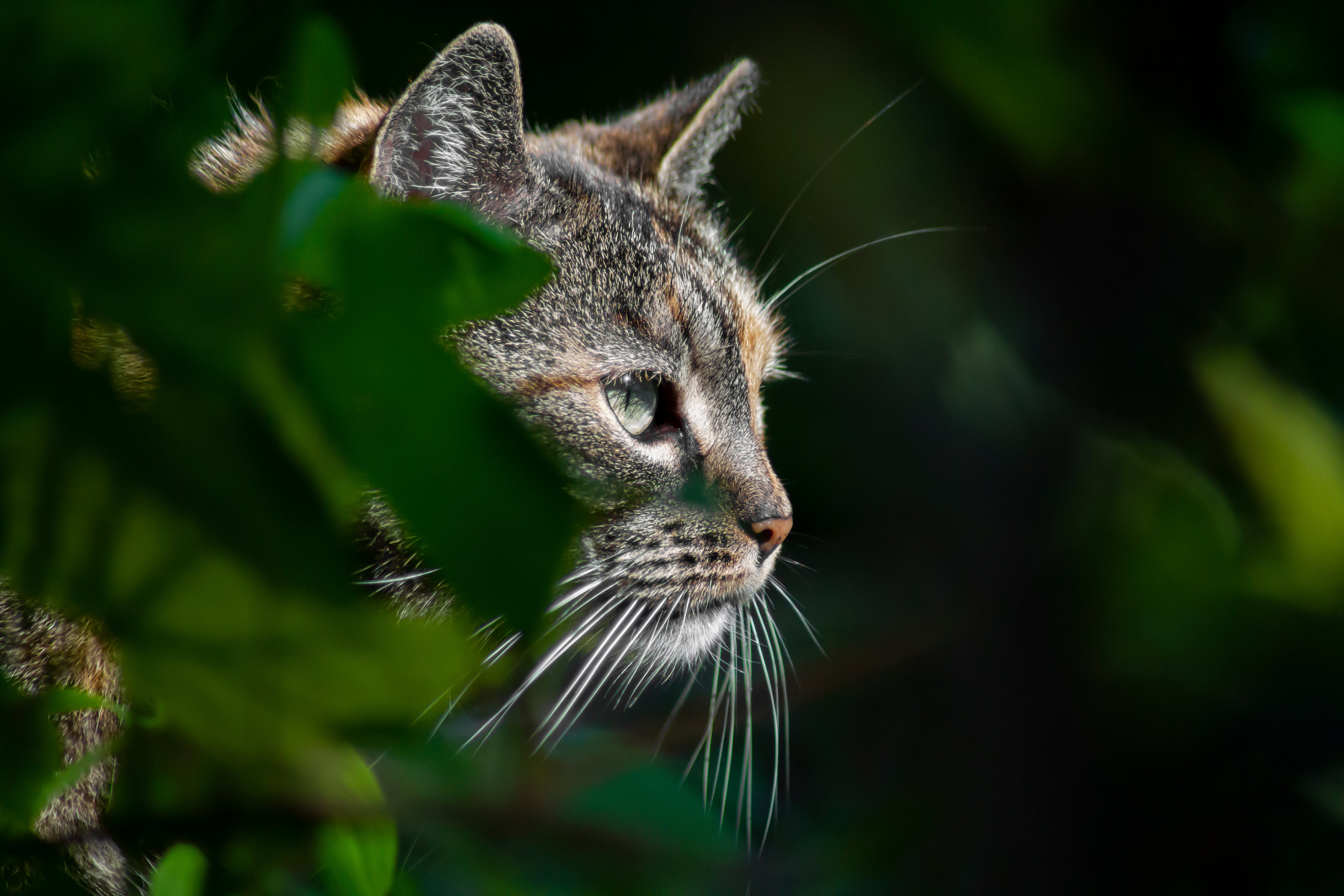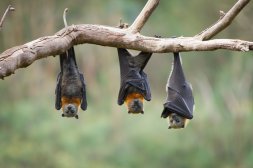Comparing Vision Capabilities: How Eyes Evolved Differently Across Species

The evolution of eyes across species offers a fascinating glimpse into how diverse life forms have adapted their vision to survive and thrive in different environments. From simple light-sensitive cells to complex camera-like eyes, the journey of visual development showcases nature’s ingenuity.
The Origins of Vision: Simple Light Detection
In the early stages of evolution, some of the simplest organisms developed light-sensitive cells. These primitive eyespots could detect changes in light intensity, helping creatures orient themselves towards or away from light sources. Although rudimentary, these eyespots laid the foundation for more advanced visual systems.
Compound Eyes: The Marvels of Insects and Crustaceans
Many insects and crustaceans possess compound eyes made up of thousands of tiny units called ommatidia. Each unit captures a portion of the visual field, creating a mosaic image. This type of eye excels at detecting motion and providing wide-angle vision—crucial traits for survival in their respective habitats.
Camera-Type Eyes in Vertebrates: Precision and Depth
Vertebrates such as mammals, birds, and reptiles evolved camera-type eyes featuring a single lens that focuses light onto a retina. This design allows for sharp images and depth perception through binocular vision. Variations exist among species—for example, owls have large pupils for night vision, while eagles boast exceptional detail recognition during daylight.
Unique Adaptations Across Species
Some animals have evolved unique eye adaptations tailored to their environments. Deep-sea creatures might have bioluminescent features or enhanced sensitivity to low light levels. Chameleons can move their eyes independently to survey surroundings effectively, while mantis shrimp possess extraordinary color vision with multiple photoreceptor types beyond human capability.
The Role of Evolutionary Pressure on Eye Development
Environmental demands such as predation risks, hunting strategies, and habitat lighting conditions drive the evolution of different eye structures. Natural selection favors visual capabilities that enhance survival chances—leading to diverse eye morphologies optimized for specific ecological niches.
Understanding how eyes evolved differently across species underscores the incredible adaptability found in nature’s designs. Studying these variations not only enriches our knowledge about biology but also inspires innovations in technology mimicking biological vision.
This text was generated using a large language model, and select text has been reviewed and moderated for purposes such as readability.











